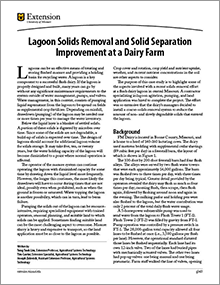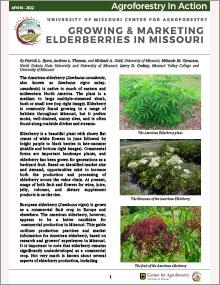

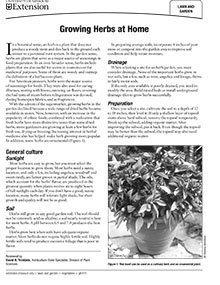
Growing Herbs at Home
Reviewed
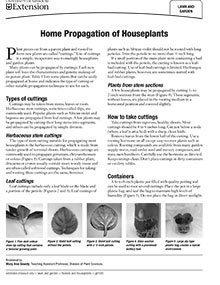
Home Propagation of Houseplants
Reviewed
Plant pieces cut from a parent plant and rooted to form new plants are called “cuttings.” Use of cuttings is a simple, inexpensive way to multiply houseplants and garden plants.
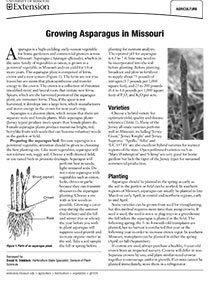
Growing Asparagus in Missouri
Reviewed
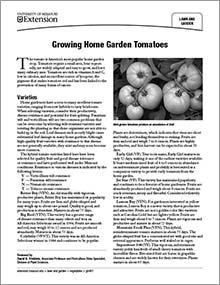
Growing Home Garden Tomatoes
Revised
Tomatoes are a popular home garden crop. They require little area, bear repeatedly, are easy to grow and have many culinary uses. Learn about various varieties and get tips for growing tomatoes in this guide.
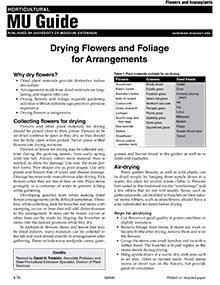
Drying Flowers and Foliage for Arrangements
Reviewed
Create distinctive indoor decorations by drying flowers and foliage. Air-drying, pressing, using dessicants, microwave oven-drying and freeze-drying methods plus preserving foliage with glycerin are covered in this illustrated MU Extension guide.
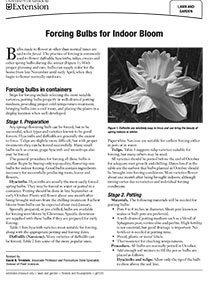
Forcing Bulbs for Indoor Bloom
Reviewed
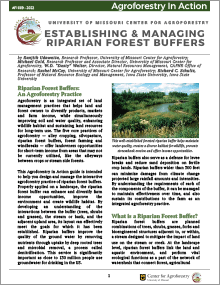
Establishing and Managing Riparian Forest Buffers
Revised
Learn how to design and manage the interactive agroforestry practice of riparian forest buffers.
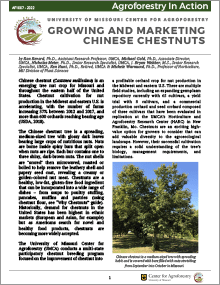
Growing Chinese Chestnuts in Missouri
Revised
Editor's note
This page currently contains only the introductory section of this guide. For the entire text, please download the PDF.

5 Steps to Buying Meat Direct From the Farm
New
If you are interested in buying meat from a local farmer, in quarters or halves, review these five considerations: how much meat your family can consume and what cuts to buy, sourcing an animal, finding a local meat processor, costs, and timing.
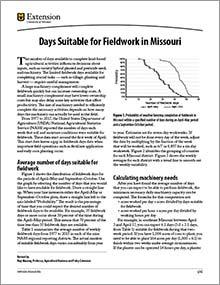
Days Suitable for Fieldwork in Missouri
Revised
Learn the number of days Missouri farms have available per week—due to weather and soil conditions—for tillage, planting, chemical application and harvest activities.
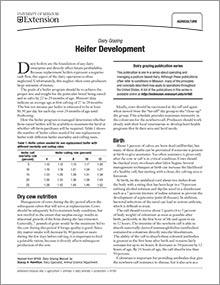
Dairy Grazing: Heifer Development
Revised
Heifers are the foundation of any dairy enterprise and directly affect future profitability. Learn how to manage a heifer development program to maintain a herd with farm-raised heifers and save the cost of buying replacement heifers in this guide.

Creativity in Young Children
Reviewed

Resources for Your Flooded Home
Reviewed
Editor's note

Family Disaster Plan
Reviewed
Having a plan can help your family make it through any disaster with minimal stress. Creating a plan begins with a family meeting to discuss and decide how the family will respond to a disaster. Use this template to guide the process.

Tornado Season: Are You Ready?
Reviewed

Disaster Supplies Kit
Reviewed
A disaster supplies kit includes essential items like food, water, and tools to sustain your family for several days during emergencies.
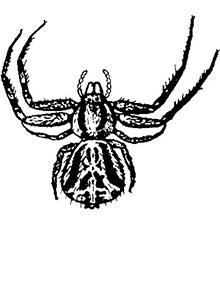
Spiders - Page 4
Reviewed
Crab spiders (Thomisidae) Nonpoisonous spiders
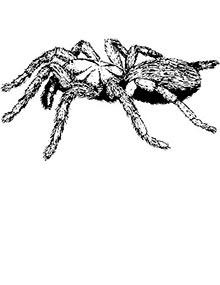
Spiders - Page 7
Reviewed
Tarantula Nonpoisonous spiders
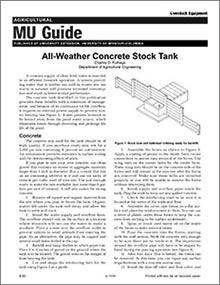
All-Weather Concrete Stock Tank
Reviewed
Learn how to build an all-weather concrete stock tank, with measured and detailed plans.
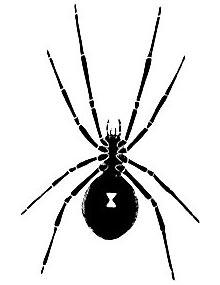
Spiders - Page 2
Reviewed
Black widow (Latrodectus mactans) Poisonous spiders
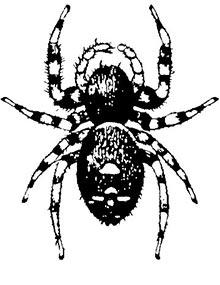
Spiders - Page 5
Reviewed
Jumping spiders (Salticidae) Nonpoisonous spiders


